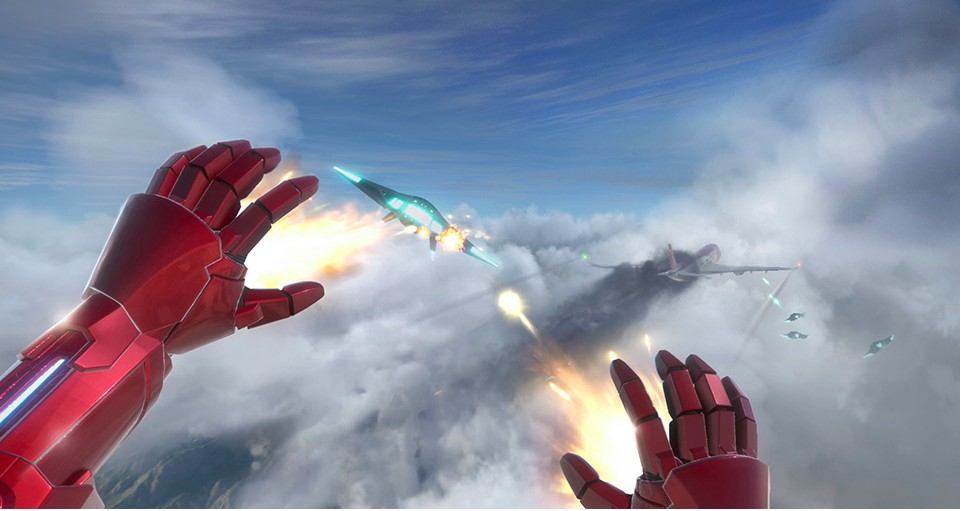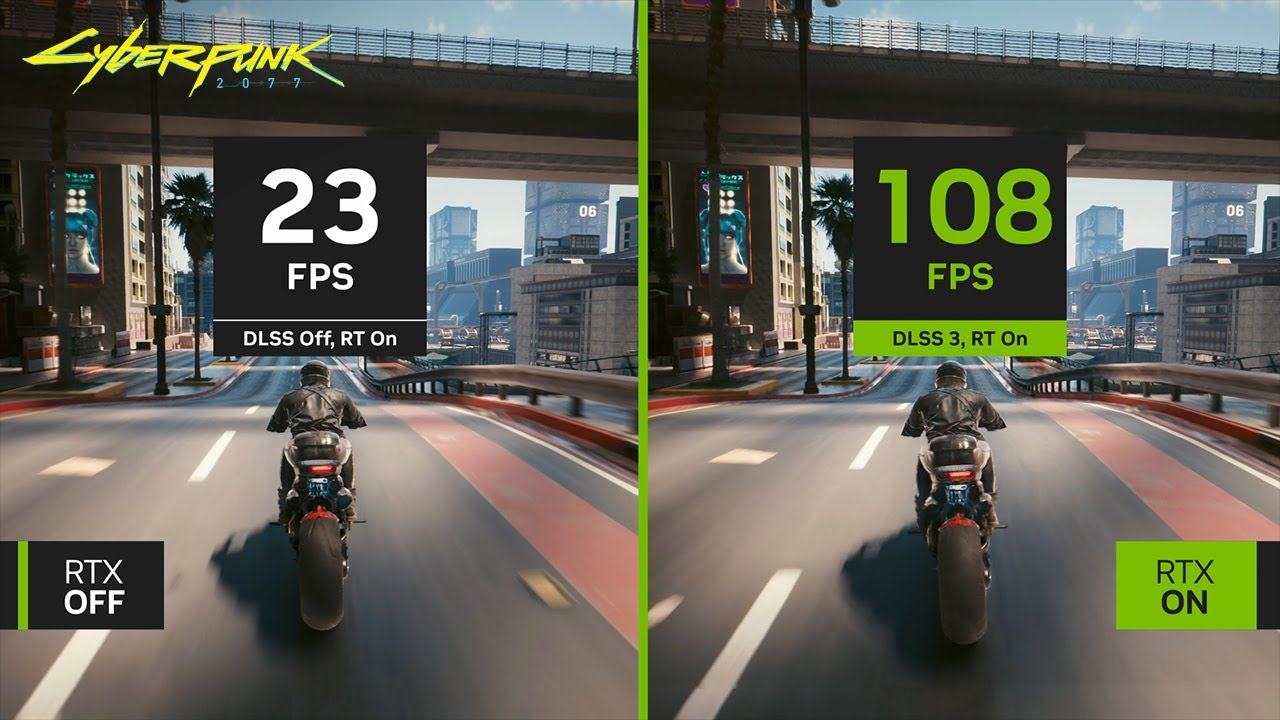The Future of VR and AR in PC Gaming: What to Expect in the Coming Years

Virtual (VR) and augmented reality (AR) rapidly occupy an increasingly noticeable place in the world of the PC-IGR. Already, enthusiasts are getting impressions that previously seemed unattainable, and the developers are experimenting with new interaction formats. Let's look at the key areas that will determine the evolution of VR and AR-gaming in the coming years.
1. Hardware development and accessibility
- Improving graphic power . Modern graphic accelerators are becoming more effective, and their performance allows you to create realistic worlds without significant losses of frames per second.
- Light and compact helmets . Manufacturers are working on a decrease in the mass of the headset, which will increase the duration of game sessions and reduce the user fatigue.
- Tactile feedback . New generation controllers receive additional pressure and vibration sensors, which will enhance the effect of immersion due to a realistic response to interaction with virtual objects.
- Universal interfaces . It will become easier to connect different devices - from headset to traffic sensors - thanks to standardized connectors and wireless technologies with low delay.
2. Evolution of interaction and management
- Three -dimensional positioning of hands and body . Movement systems are more accurately determined by the player’s position, which will more naturally interact with the environment.
- Voice and brutal teams . The integration of voice control and gesture recognition will make the interface intuitive and will allow you to abandon the usual menu and buttons.
- Artificial intelligence NPC . Neway solutions will make the behavior of virtual characters more adaptive and convincing, and their reaction is more organic.
3. A supplemented and mixed reality in the game design
- The merger of virtual and real . AR elements will be applied to the ordinary room, turning the living room or office into a battlefield or research laboratory.
- Hybrid genres . Projects will appear where the mechanics of traditional 2D games smoothly move into AR scenes, creating unique scenarios of passage.
- Training and social applications . Augmented reality is useful not only for entertainment purposes, but also in educational simulations, quests with real friends and virtual mentors.
4. Economic and social aspects

- Model Microtrazacia and Subscriptions . The developers will offer seasonal content updates and cosmetic objects to maintain the interest of the audience without the release of full -fledged addition.
- Social platforms in VR/AR . Platforms for meetings, streams and exchange of experience will lead to a community growth and the formation of new professions: from virtual guides to commanding coaches.
- The availability of equipment . Reducing prices for components and expansion of distribution channels will make VR/AR more massive, and not just niche entertainment enthusiasts.
5. Obstacles and ways to overcome them
- User health . Possible dizziness and fatigue can be minimized by optimizing the frame rate and improved optics calibration.
- Content for beginners . Intuitive training modes and simplified scenarios will help new players quickly adapt to immersion in virtual worlds.
- Standardization of formats . The working groups of the industry will agree on unified protocols for data exchange between applications, which will simplify the cross -platform development and reduce the costs of studios.
In the next few years, VR and AR in PC games will develop rapidly: from improved equipment to innovative formats of interaction and social experience. It remains only to observe how fantastic ideas turn into reality and open new horizons for players around the world.


